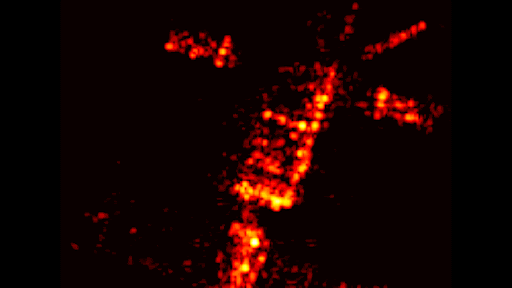satellites
Latest about satellites

Newest Starlink satellites are leaking even more radiation than their predecessors — and could soon disrupt astronomy
By Harry Baker published
A new study reveals that Generation 2 Starlink satellites are leaking up to 30 times more radio waves than their predecessors. If SpaceX continues to deploy the newer versions as planned, we could reach an "inflection point" where astronomers can no longer properly study the cosmos, researchers warn.
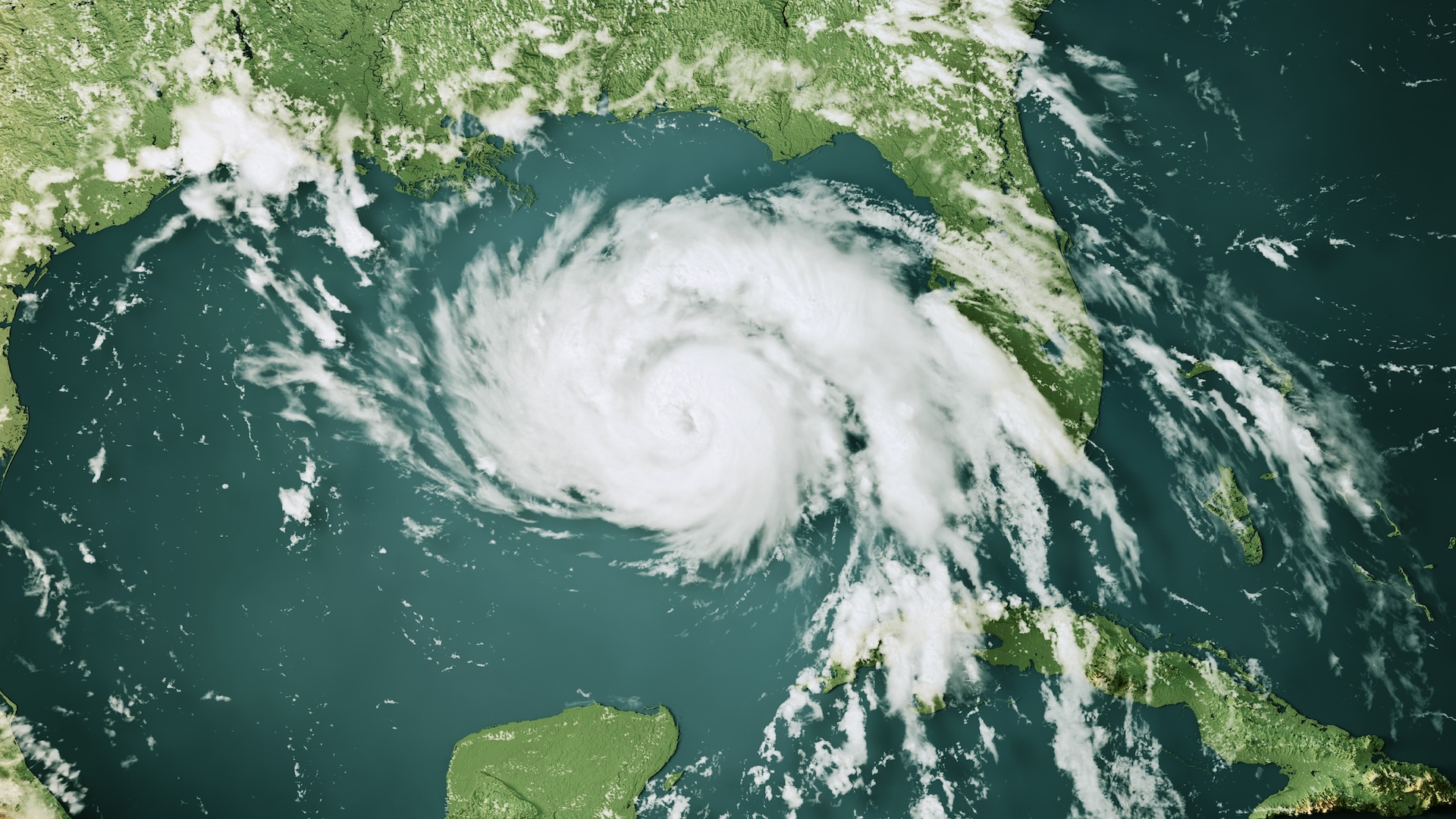
Birth of a hurricane: What meteorologists look for as they hunt for early signs of a tropical cyclone forming
By Xingchao Chen published
The first signs of a potential hurricane can be detected days before a storm gains its fierce momentum.
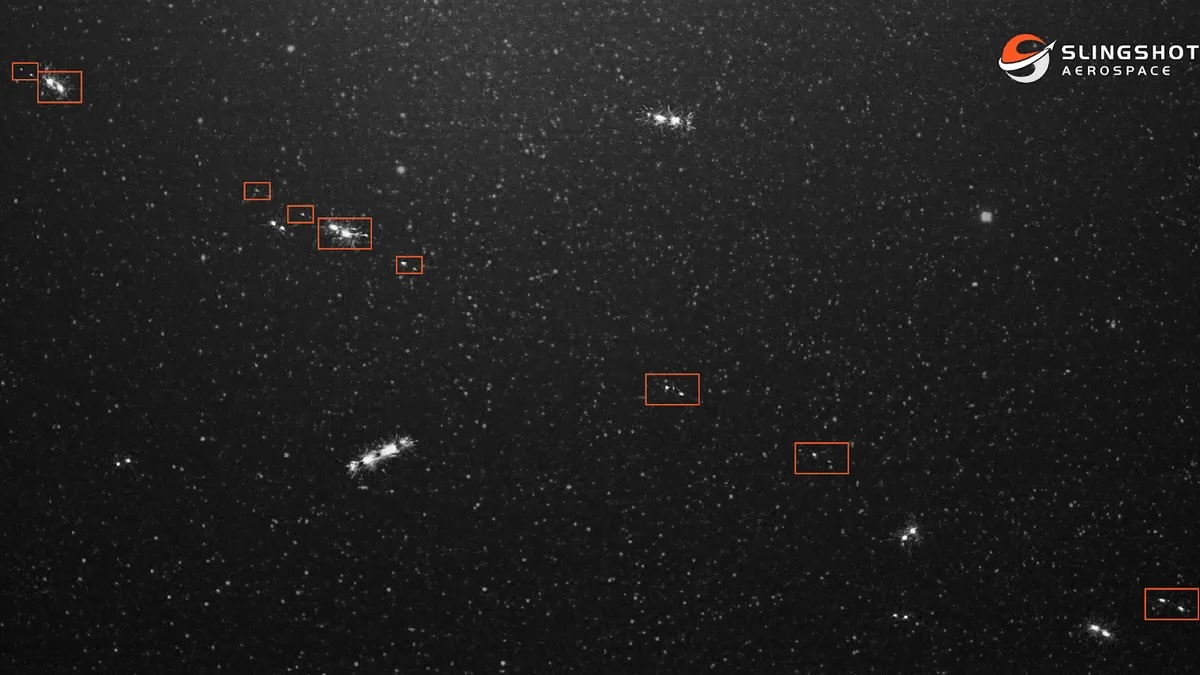
Chinese rocket breaks apart after megaconstellation launch, creating cloud of space junk
By Mike Wall published
On Aug. 7, a Chinese rocket broke apart in space, creating more than 300 new pieces of trackable debris.
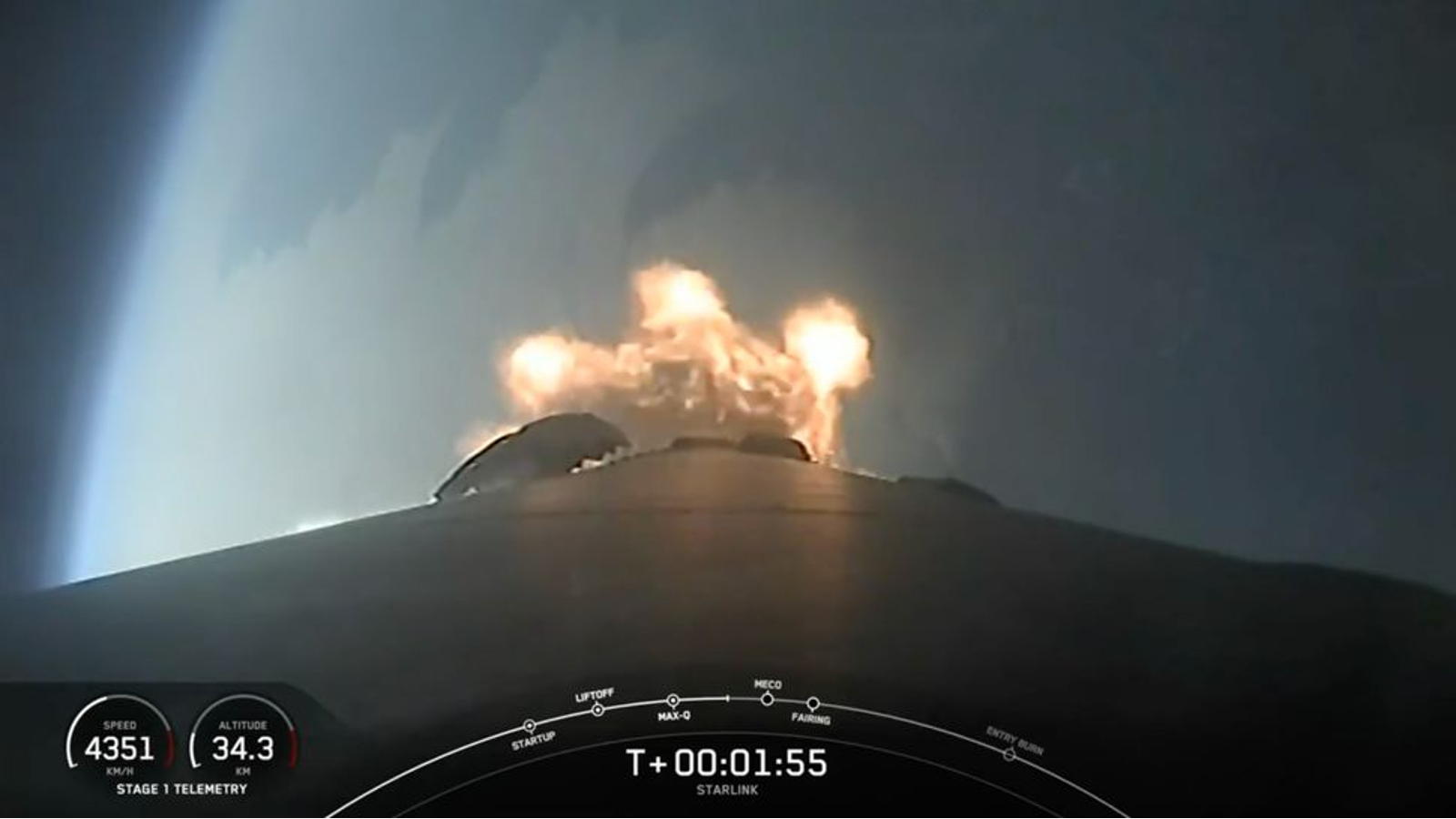
20 satellites fall from sky after catastrophic SpaceX rocket failure, triggering investigation
By Harry Baker published
Twenty doomed Starlink satellites, which were prematurely released during a botched Falcon 9 rocket launch last week, have burned up in the upper atmosphere after falling back to Earth, new data confirms. Experts are currently investigating what went wrong.

Space junk: How broken satellites are creating a garbage crisis in the sky
By Brandon Specktor last updated
Thousands of pieces of space debris, also known as space junk, are orbiting Earth, with tons more added each year. This orbital debris poses a significant threat to satellites, spacecraft, astronauts — and increasingly humans on Earth.
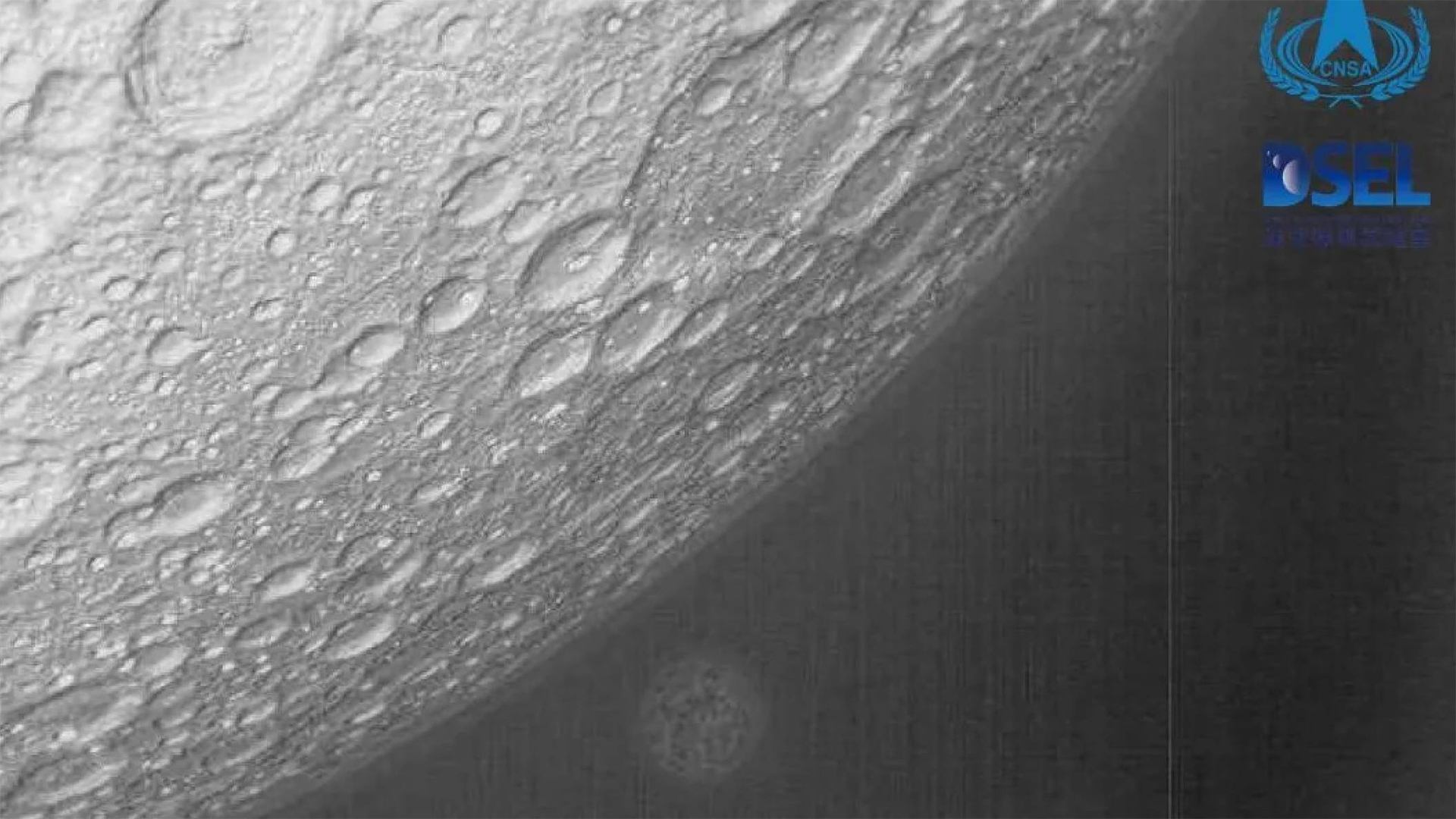
Haunting photo of Earth and moon snapped by China's experimental lunar satellites
By Andrew Jones published
China's experimental moon satellites Tiandu-1 and 2 are testing lunar communications and navigation tech. Recently, they shared this image of the lunar surface with a ghostly Earth in the background.
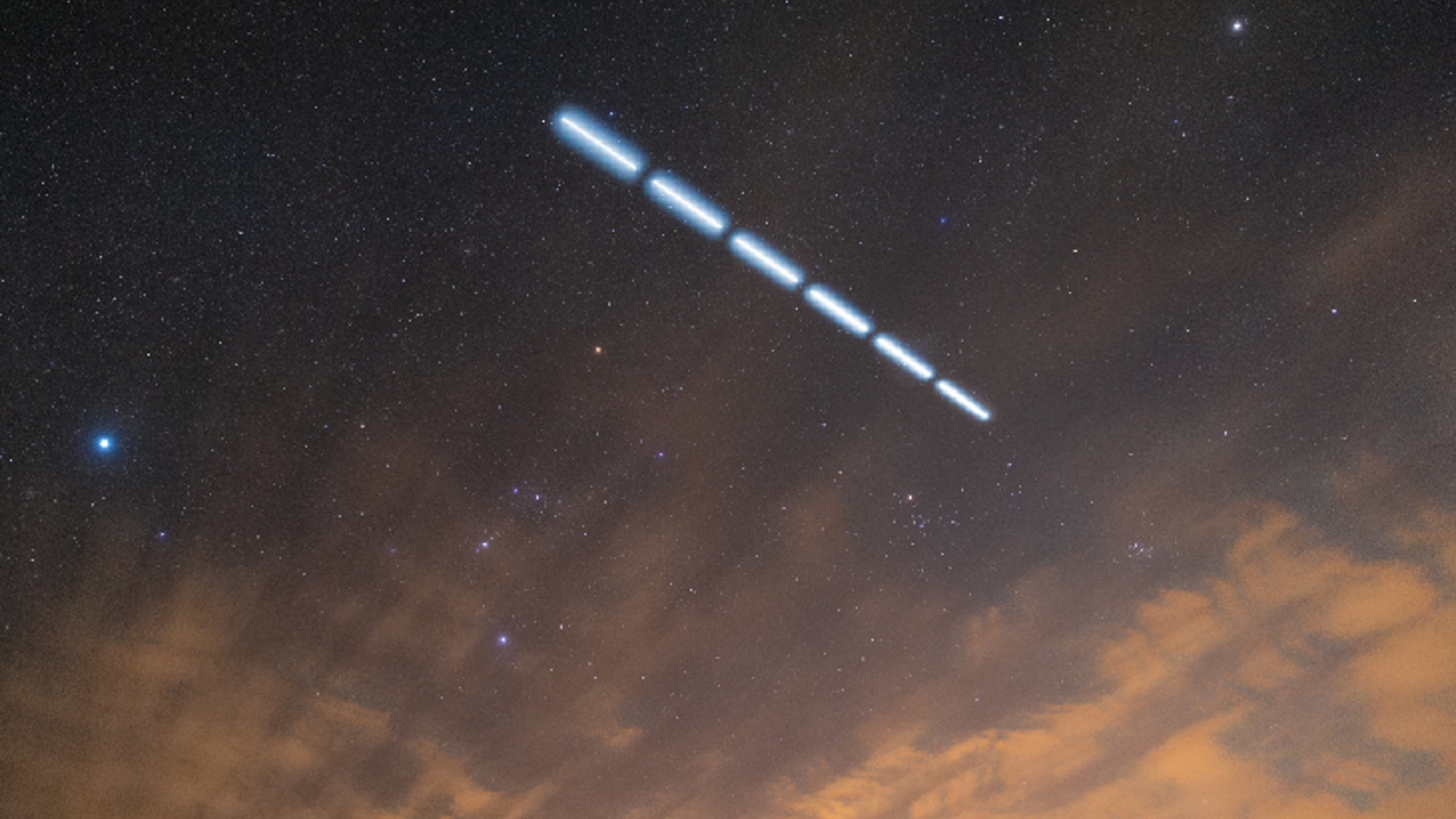
Dying SpaceX rocket creates eerily-perfect 'dashed' line in new photos. What's going on?
By Harry Baker published
New images show a glowing "dashed" line in the night sky above Arizona after part of a SpaceX Falcon 9 rocket fell back to Earth following a double-header launch.
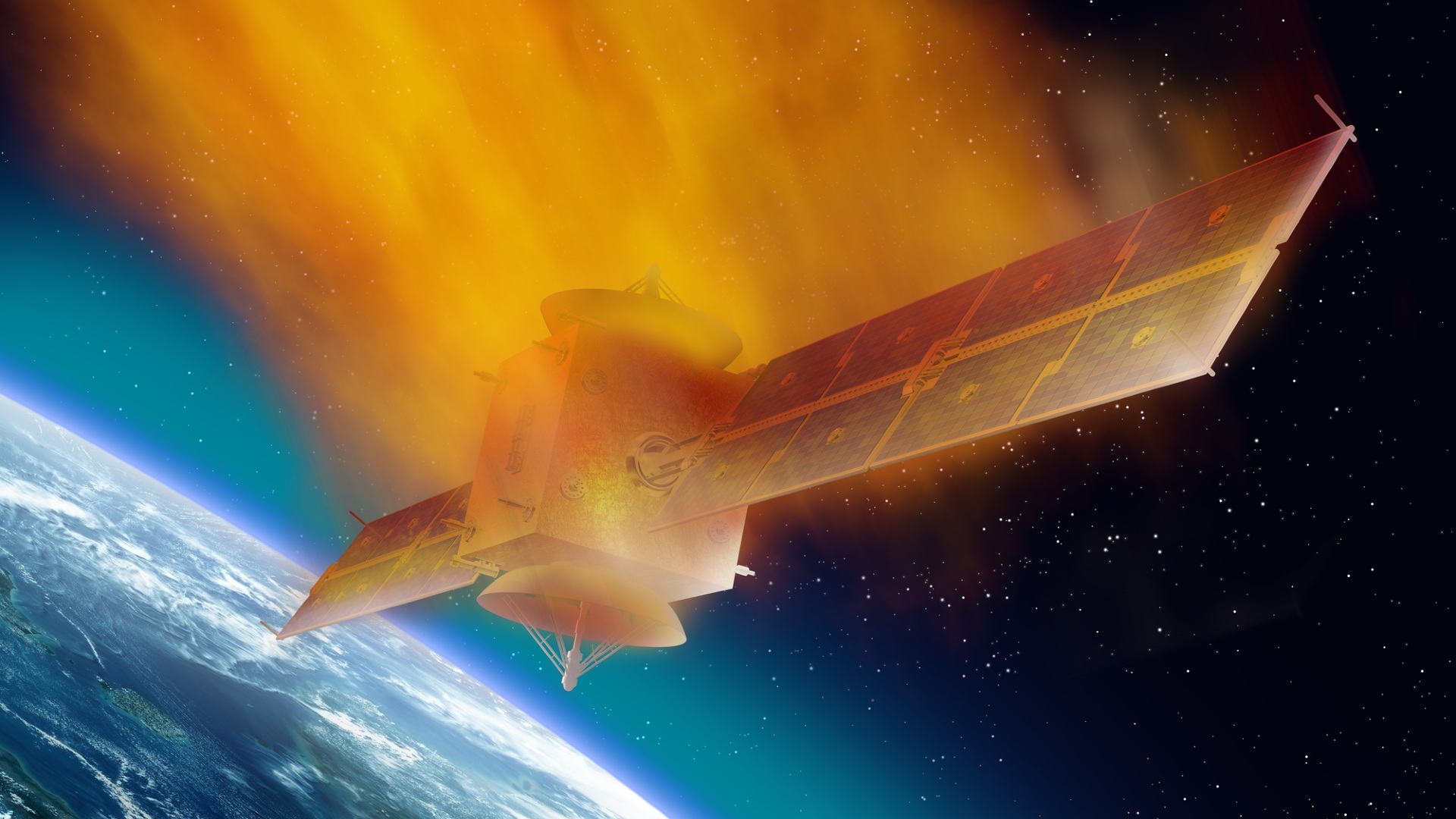
Controversial paper claims satellite 'megaconstellations' like SpaceX's could weaken Earth's magnetic field and cause 'atmospheric stripping.' Should we be worried?
By Harry Baker published
A theoretical new paper argues that atmospheric metal pollution from falling space junk could create an invisible conductive shield around our planet that might weaken our magnetosphere. However, other experts are skeptical of this idea.
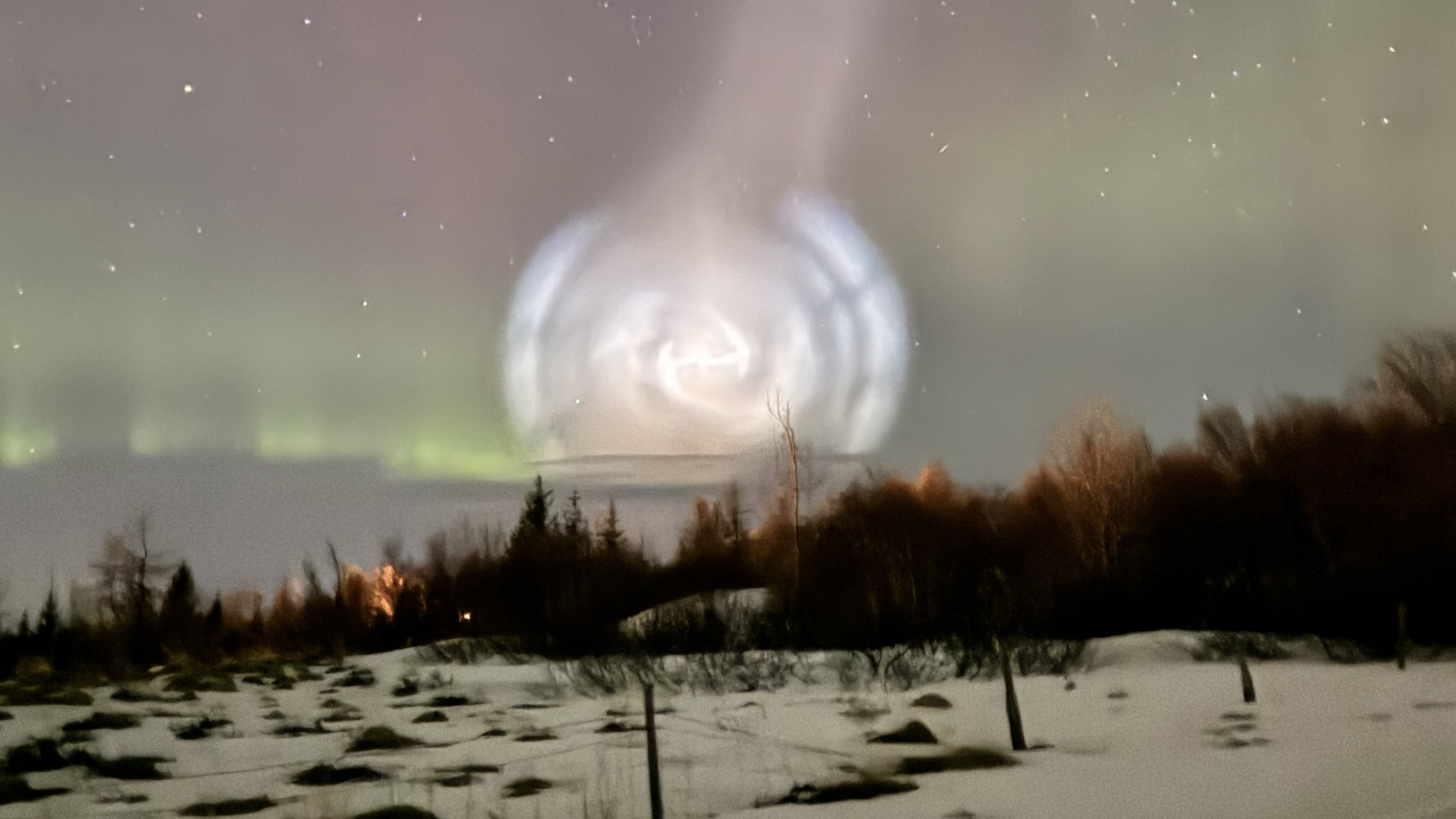
Dying SpaceX rocket creates glowing, galaxy-like spiral in the middle of the Northern Lights
By Harry Baker published
A large swirl of white light that temporarily outshone vibrant auroras in the Arctic last week was triggered by the death throes of a SpaceX rocket that deployed more than 50 satellites into space.
Get the world’s most fascinating discoveries delivered straight to your inbox.
